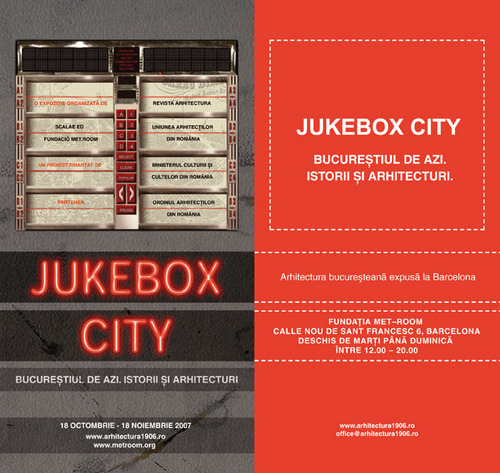We forget about megaprograms, megaoffices and megainferiority feelings while we will be listening three stories on architecture of high quality.
Andrei Serbescu from ADN BA, Cosmin Pavel from Abruptarhitectura and Adriana Mereuta X 25 minutes each will speak about the precise gesture, the attention to the context and the lack of distress and about how to get to make projects therefore to be published on international magazines. Organizers: Zeppelin, Arhitectura magazine, KLUDIstudio
News
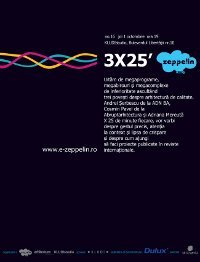
In 1999, a very young team set up again the “Arhitectura” magazine. In 2002, the magazine went for an international format, and meanwhile it has become one of the most important architecture magazines in the region. The standard that the contents have reached forces us to rethink the format and graphic design, so that they are at the same level.
In the new format, information is reorganized and more easily available. But we do not give up the quality and thorough presentation of the topics specific to the magazine. The contents are divided into three main sections, each with its own clear identity, and we have introduced short summaries inside most articles. These changes allow for easy “surfing” and several reading levels – from a quick browse, focusing on essential information, to in-depth reading. The magazine becomes “friendlier” to all types of readers – from architects, designers and architecture/design students to the representatives of other artistic professions, building professionals and cultural audience.
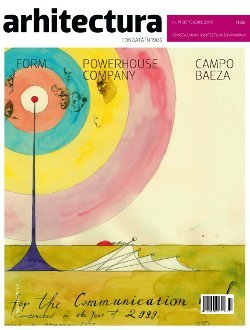
Scenarios for the collective housing from the socialist period in Bucharest
When it comes to contemporary urban development Eastern European countries lend themselves to be regarded as a testing ground: their striving to catch up with Western Europe is matched by rapid, often brutal changes. This exhibition takes Bucharest as a sample city to analyse the evolution socialist collective housing estates underwent during the past twenty years. It explores ideas, articulates principles and brings forth case studies to help model a strategy for the urban rehabilitation of such areas. It speaks of the frantic individualism that replaced the imposed collectivism of yesteryears, of the public – private interplay, of social and economic mechanisms, of architecture and (above all) public space. The project suggests an alternative approach, based on community activation, minimal resources, and on a „positive takeover” of current tendencies.
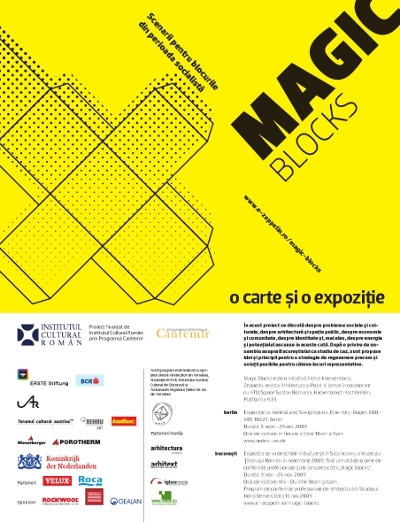
Recently, MNAC (NMCA-National Museum of Contemporary Art) and the Royal Netherlands Embassy organised a debate about the public space; Justin Baroncea presented the case of public spaces in Barcelona at zeppelin; I talked about this under the Revival of the Fittest conferences organised by Hydrasociety. Briefly, there are many actions dedicated to this topic; some of them not only by our team, in which we talk increasingly often about what and how it should be done and I had the feeling that this is for everybody something quite obvious. Despite that, I realise there are confusions for specialists as well, be they architects or great urban planners.
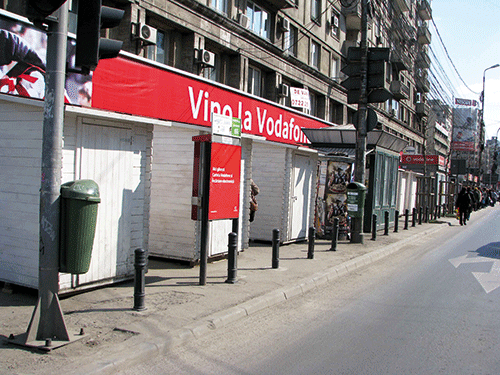
The Polish artist Wojciech Wilczyk (b.1961, Krakow), member of the Polish Photograph Artists Union, takes pictures as of 1988. During the exhibition, called “Life after life”, can be seen 40 photographs, as well as a video. The photographs catch bodies of cars (after being used) changed into advertising panels, flowerbeds and other design elements. The presentation of such items not exactly esthetic revolutionizes the quotidian, shocks through the absurdity of their presence in the reality space.

When the things happening world wide affect our daily lives, shouldn’t we change our vision about what we want to do locally?
Hydra Society gives a few possible directions at the second edition of the conference REVIVAL OF THE FITTEST – on VISIONSHIP – lead with vision in creative, entrepreneurship, urbanism and social engineering.
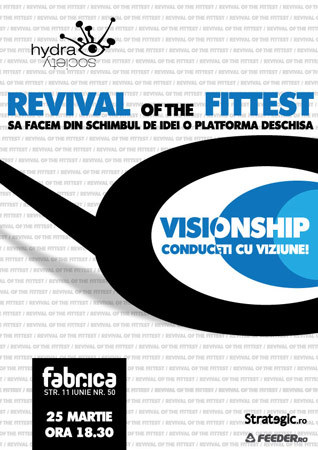
The international design competition Electrolux Design Lab 2009 invites undergraduate and graduate industrial design students from all over Romania to submit their innovative home appliance ideas for the next 90 years. The brief for the competition’s 7th edition is to create thoughtfully-designed home appliances that will shape how people prepare and store food, wash clothes and do dishes in the next nine decades.
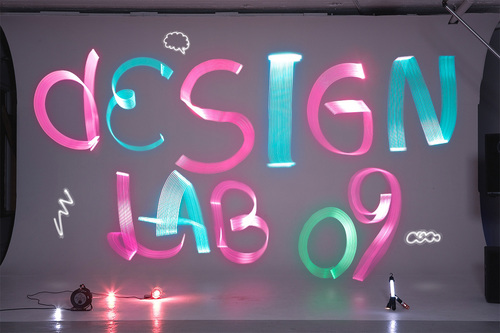
The exhibition prepared by the Jaroslav Fragner Gallery presents more than thirty most appealing projects done in Prague after 1990. The exhibition also focuses on the historical context. Beside well known architectural icons like the Dancing House designed by Frank Gehry and Vlado Milunic, located by the banks of the River Vltava, which is perhaps the most striking, and most famous, modern building in the Czech capital, the exhibition also shows buildings or projects, which are less known, but unique as well.
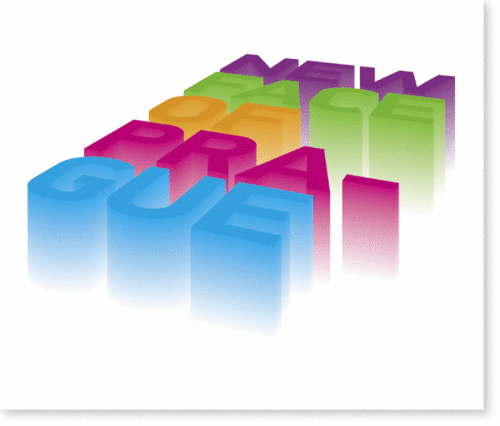
contemporary glas design exhibition
1-14 November / UNAgaleria
Michal Fronek together with Jan Nemecek forms the head of the Design studio at the Academy of Arts, Architecture and Design Prague. They decided to engage students from the studio in their activities of glass production. Five of their students took the opportunity to work for three weeks at the beautiful Moravian-Slovakian border, where the glass workshop Kvetna produces superior handmade glassware that is traditionally known for its exclusive quality.
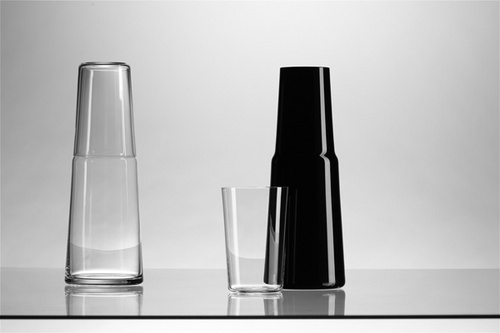
Will take place between 18 October and 18 November 2007 at Met-room Architecture Gallery in Barcelona. It comprises a selection of Romanian pieces of architecture between 1990 and 2007. They are to be featured less on architects or offices, but rather on types and contexts of their achievements. Therefore, for the relation with the memory of the city we have tendencies to recover the interbellum modernism, an enthusiastic undertaking of contemporary international patterns, and also efforts to reinterpret the specificity of the city.
